DAS BUNTESHAUSSilja Coutsicos (1960)
Extant
Aarauerstrasse 45 , 5012 Schönenwerd, Switzerland
1994 to present
Please contact post@dasbunteshaus.ch to schedule an individual or group tour.
About the Artist/Site
Silja Coutsicos (née Anderegg) was born to a large farming family in 1960 in Wald-Schönengrund in the Appenzell region, an alpine area with many folkloric traditions in northeast Switzerland. To this day, mysticism is still an important part of life in Appenzell with events like Silvesterchlaus, a costume parade celebrating the New Year. Buildings in Silja’s childhood community were covered in painted symbols and ornaments – flowers, herbs, animals, and other elements of everyday life, and in Silja's family, hands-on work and crafts were both a daily passion and a necessity for farm maintenance. As an adult, Silja became an adult educator and a self-taught artist. In 1984 she married the South-African and Greek textile engineer Michael Coutsicos, and they had four sons. They divorced in 2004.
As an artist, Silja works holistically and interdisciplinarily without narrowing herself down to a single art medium. Painting, mosaic, dance, theatre, textile, landscape design, sculpture, and writing are all among her modes of expression. The cultures and mythologies she has encountered in various journeys across Europe and to countries like Morocco, India, Vietnam, Indonesia, and Japan inspire her work as well as her study of psychology, metaphysics, folklore, and religion.
Silja’s family bought her current home and its neglected garden in 1994. The house was in severe disrepair, failing to fulfil the most elementary needs of protection, warmth, or any kind of comfort. The constraints and demands of reality seemed to create an insurmountable obstacle to the realisation of her artistic imagination. The weight of necessary compromises felt excruciating. The transformation of the home started with the windows frames – reimagined and painted in the most vivid colours. As if the home’s windows were eyes, the colourful framing of the misty, grey Swiss landscape possibly helped her see it and herself in a completely different light. Slowly color started expanding from the window frames to the interior of the house and to the garden. Its fabrication gradually became a way to set her inner world in motion.
She covered the facade of the home with shattered mirrors that reflected the outside world and little sparks of light onto the lush landscape, the flower beds, and the neighbours. One day, through the reflections creeping along the walls, a passerby might be swimming in clouds, and the next – in the blue of a cloudless sky. The house would come to answer all questions of becoming, being, and passing in Silja’s personal search for values, meaning, and situating herself in such a diverse world. The wilder her house looked, the safer, happier and freer she felt.
She sourced ceramics, mirrors, glass, wood, and used materials from dead stock, demolished buildings, and abandoned places. She also collected various stones from the river and mountains to cover the base of her house in a mosaic. The basement began filling up with material stored in boxes along the long walls – soon to become a fantastic world of imagination and mystic art.
Silja moulded clay flowers and leaves for the sculpted tree next to the entrance and also glittery fish, birds, stars, and masks that were assembled thematically. Shells, fossils, and gemstones like amethyst, opal, and emerald also found their way into this gesamtkunstwerk. The colors incorporated into the exterior of the home are symbolic: in the east – spring, air, yellow; in the south – summer, fire, red; in the west – autumn, water, blue-green; in the north – winter, earth, violet. The uniting of the four directions, foreign lands, and eras in one place – the house in Schönenwerd. Walking around the house, one passes stations of transformation in life, temperaments, and stages of development.
The property also contains smaller structures exploring animal natures. In the garden is a peacock house, a snail house, a cat house on a tree with its elevated corridors connecting tree branches to windows, a bee house, a bird house, and even an insect hotel that’s visited by a hedgehog now and then. The barn was transformed into a peacock studio, symbolizing the bird as a symbol of beauty and happiness: “Unfold your soul dress like the peacock unfolds its feathers and show your grace and beauty! We are the birds of paradise of this world.” The snail house is a cavity that can be crawled into and is covered with tiny mirrors, bringing the sky down to the confines of the small terrestrial enclosure. The whole garden is scattered with sculptures that represent a merging of forms: plants mutate to minerals and rocks, human figures to animals and plants. It encloses a world.
Soon the house was called, “das bunteste Haus der Schweiz,” or “the most colourful house in Switzerland.” Silja Coutsicos humorously turned it into DAS BUNTESHAUS with allusions to the Swiss Parliament House (Das Bundeshaus). Since then the family has been celebrating the Swiss National Day on August 1st with a special garden festival: DIE BUNT, a celebration of colors with its own constitution. Today, DAS BUNTESHAUS fascinates and inspires people to search for their own color and expression.
As an artist, Silja Coutsicos has also designed restaurants (YOU), swimming pools (Villa Lueg is Land), and baths. As an educator, she has initiated the beautification of school grounds and old concrete fountains with mosaics. These colourful government-supported school projects were created in collaboration with children, young people, and their teachers (Biberstein, Stein-Säckingen, Wiliberg, Schöftland, Härkingen). She also increasingly creates sculptures in concrete and iron like the Dwarf of Muri on the Freiämter Sagenweg.
Narrative: Silja Coutsicos
Materials
ceramics, mirrors, glass, wood, found objects, clay, stones, gemstones
Map & Site Information
Aarauerstrasse 45
ch
Latitude/Longitude: 47.3745394 / 8.0096793
Nearby Environments


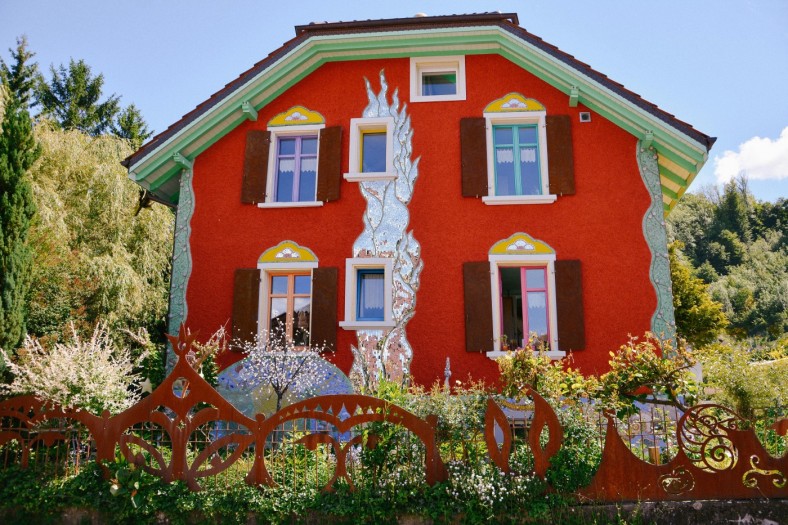
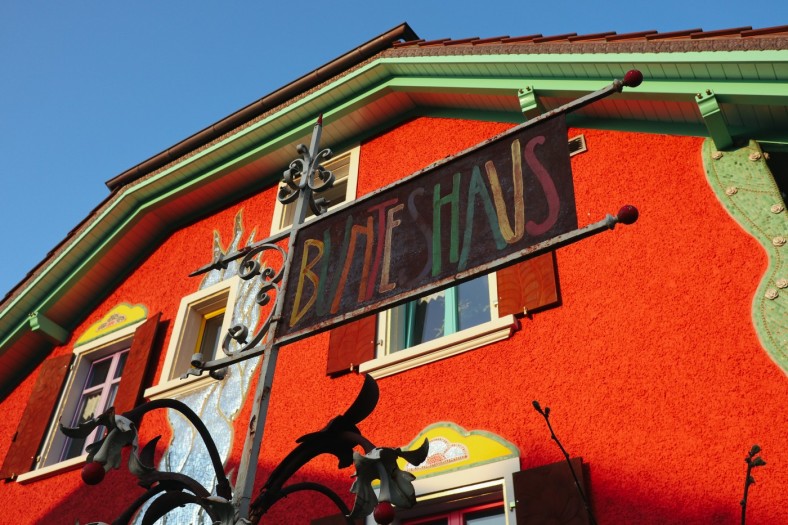
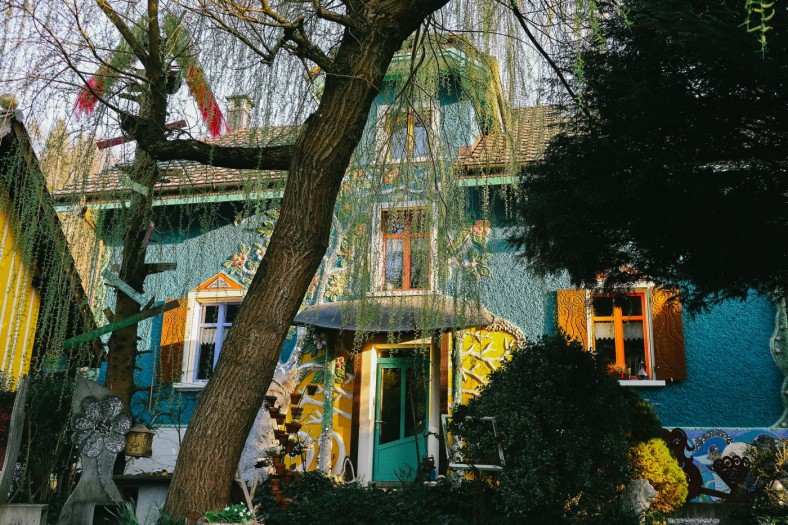
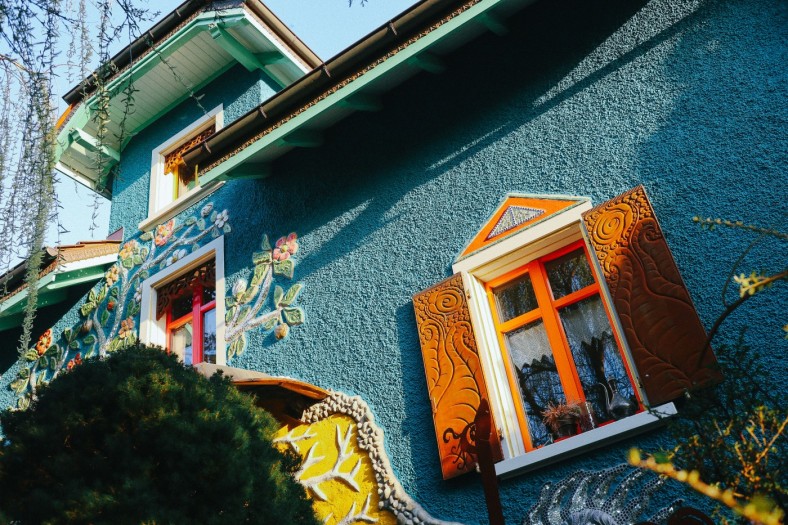
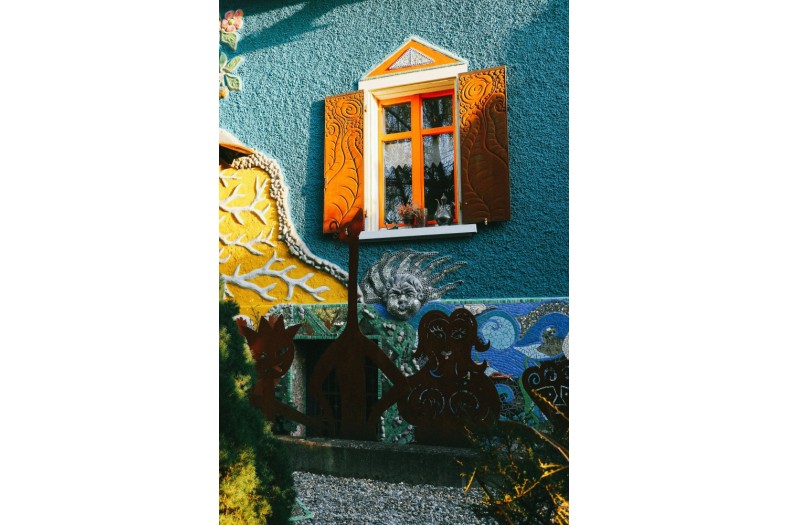
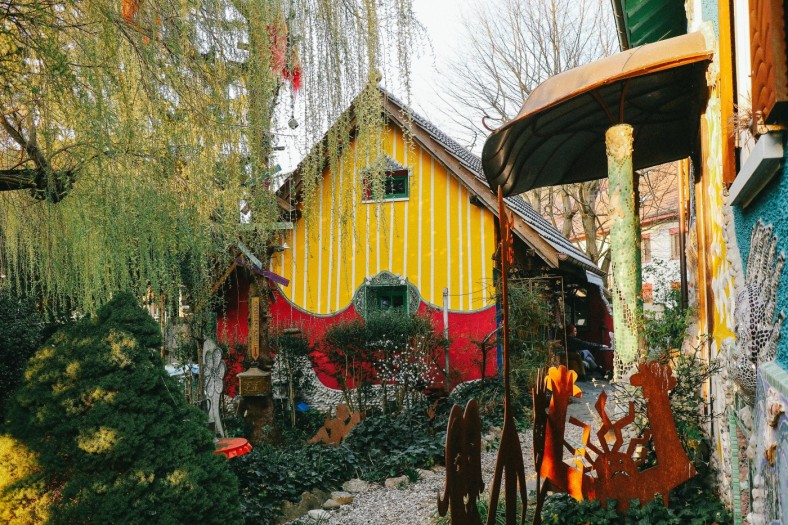
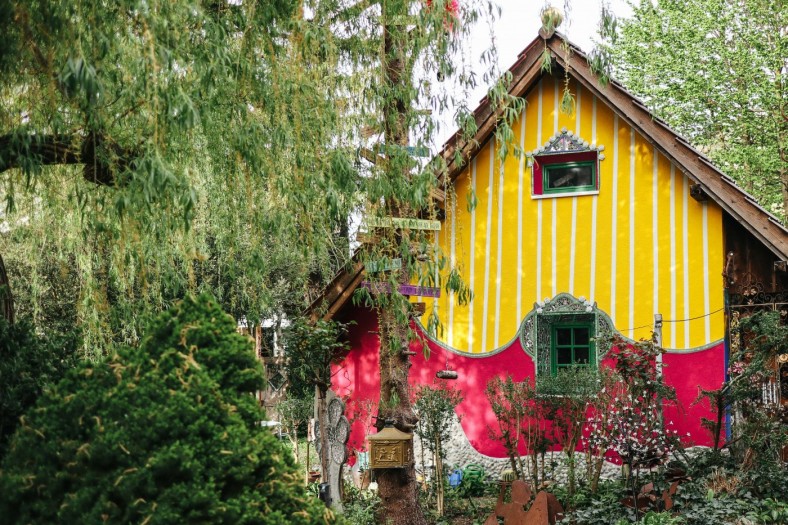
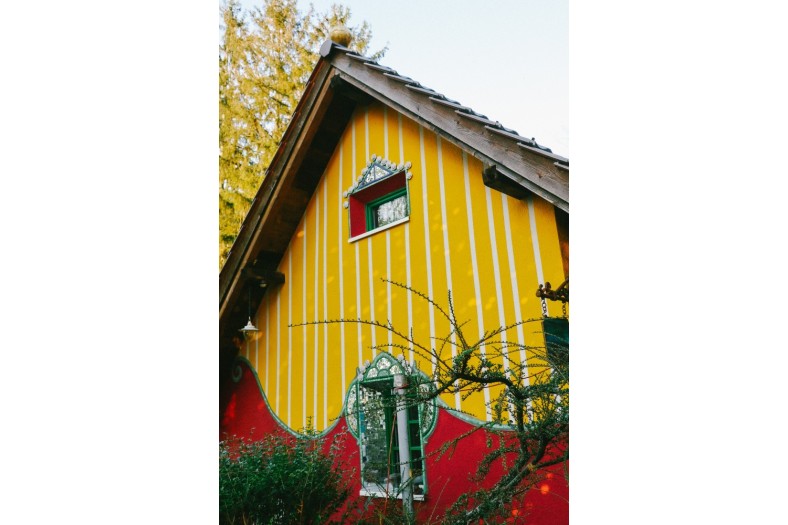
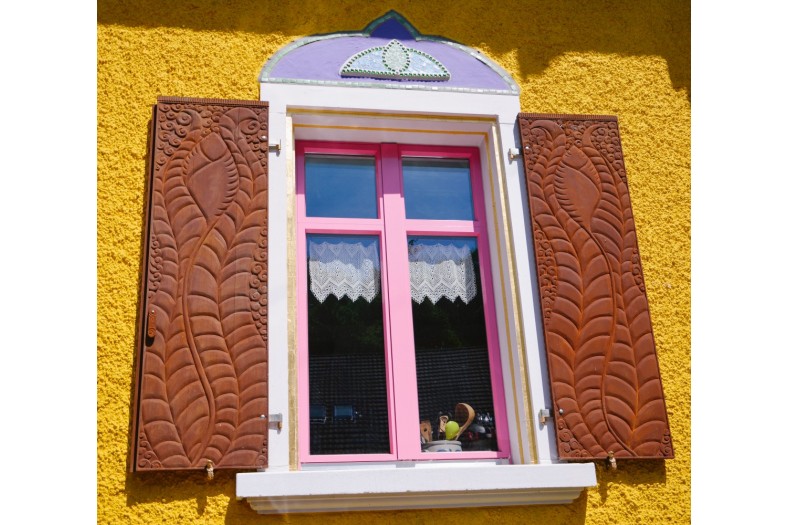
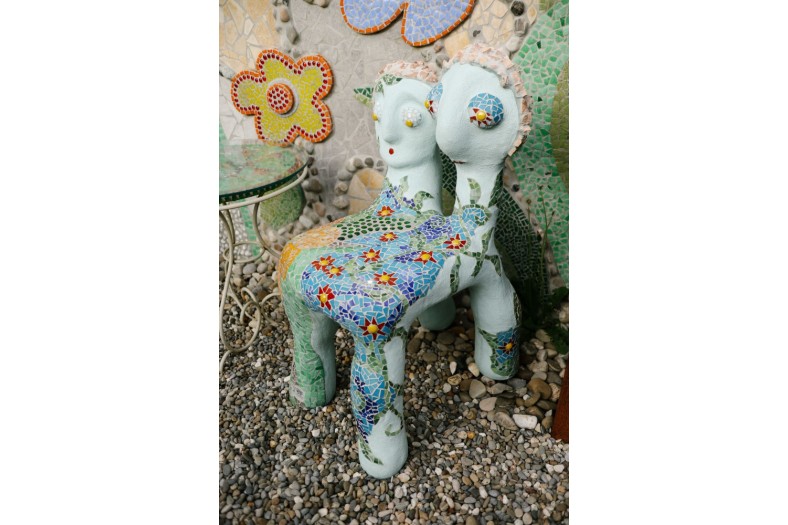
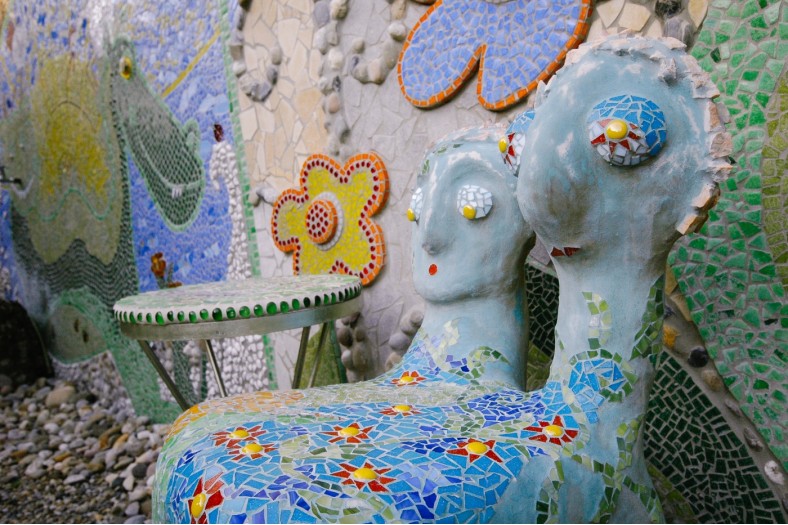
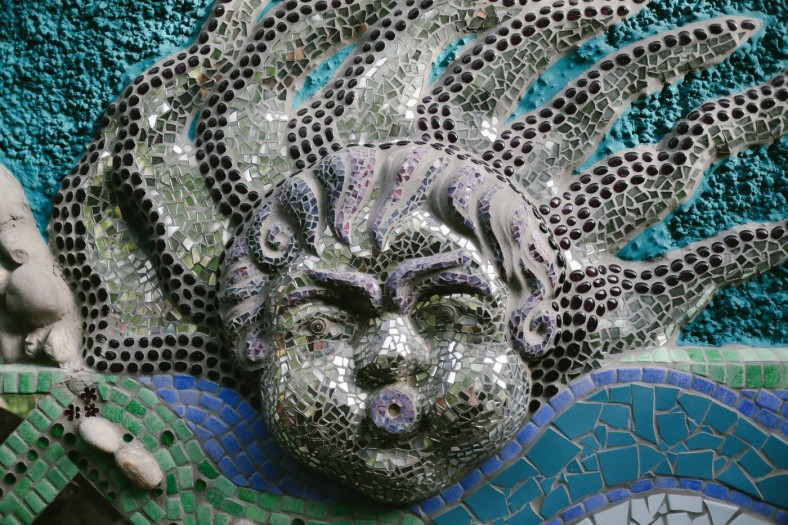
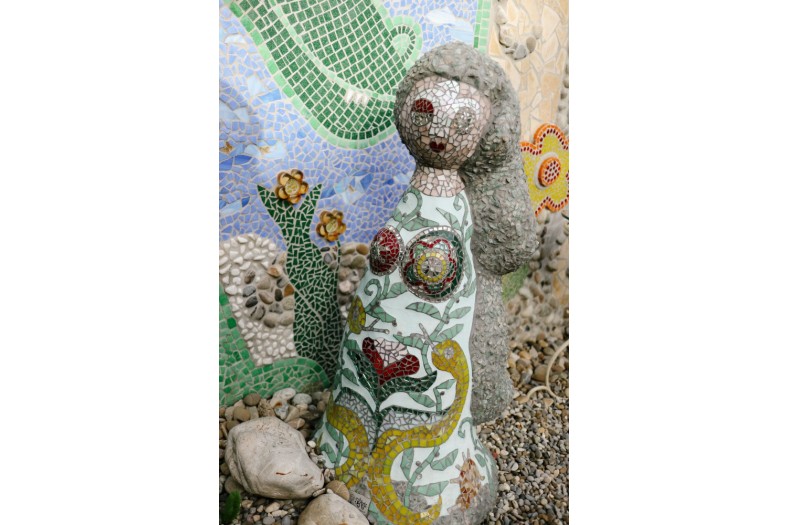
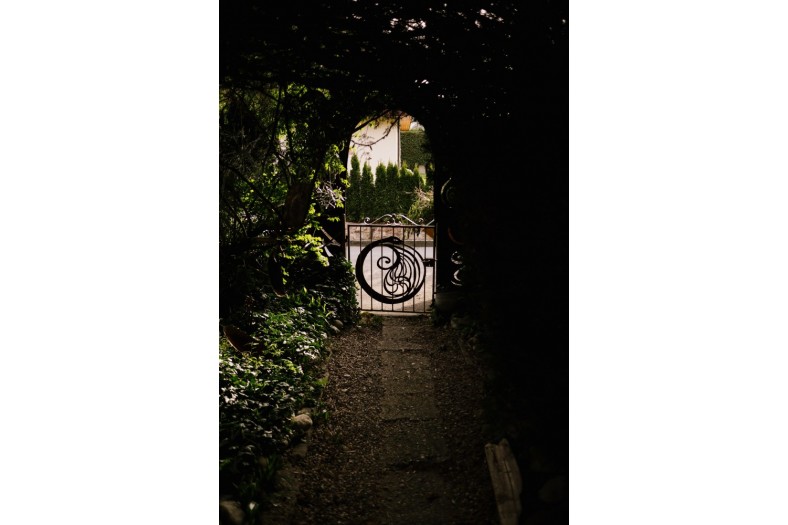
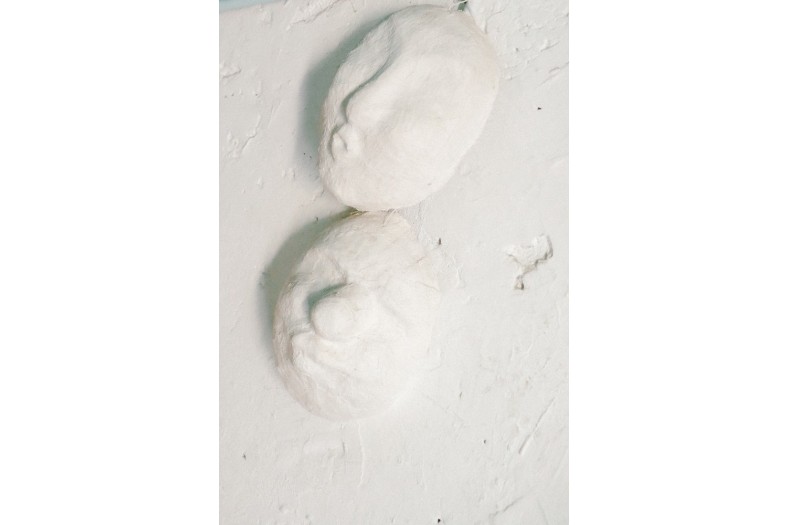
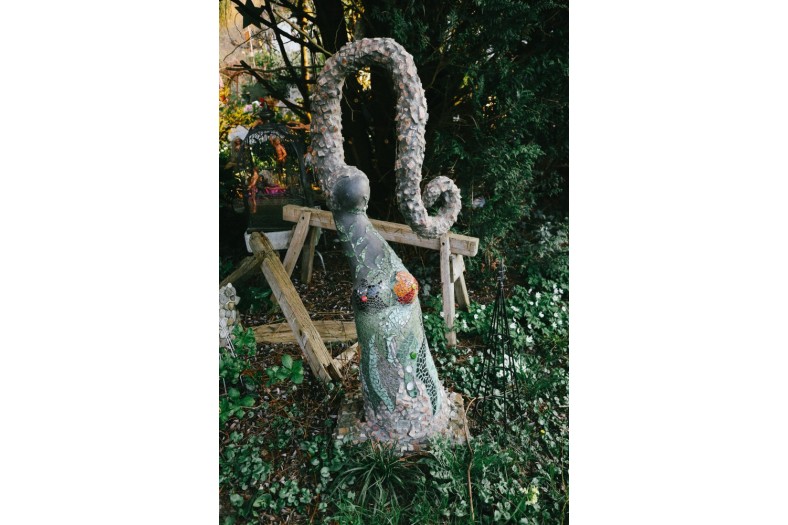
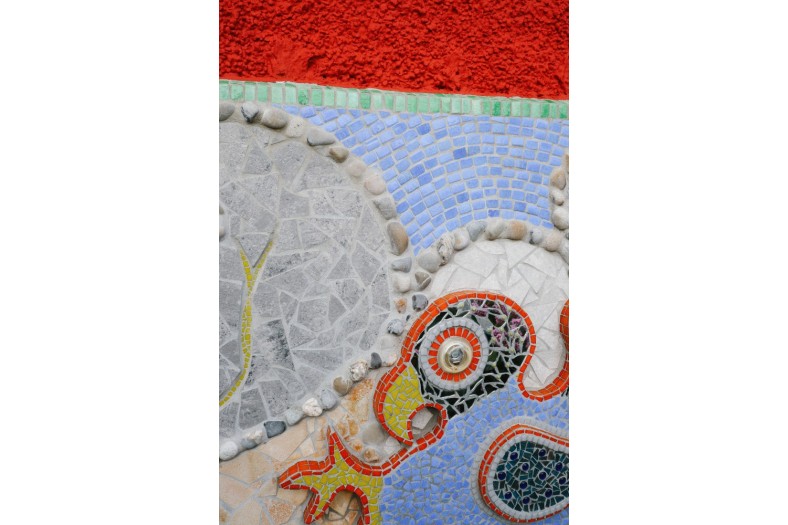
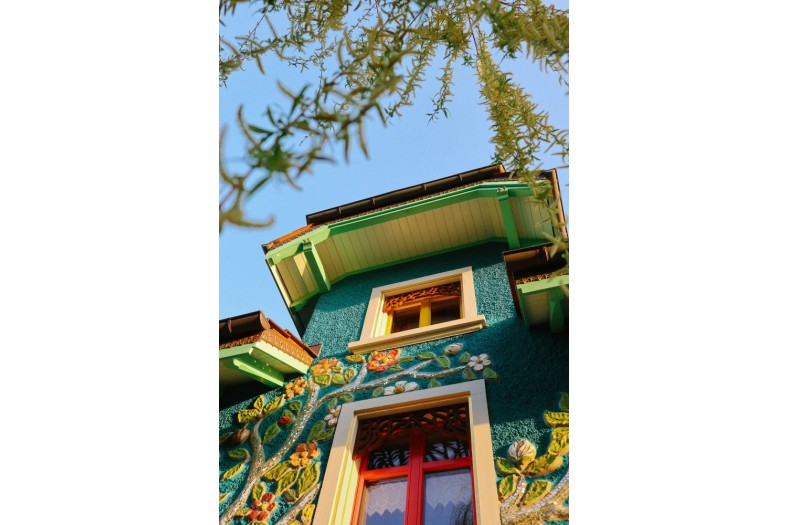
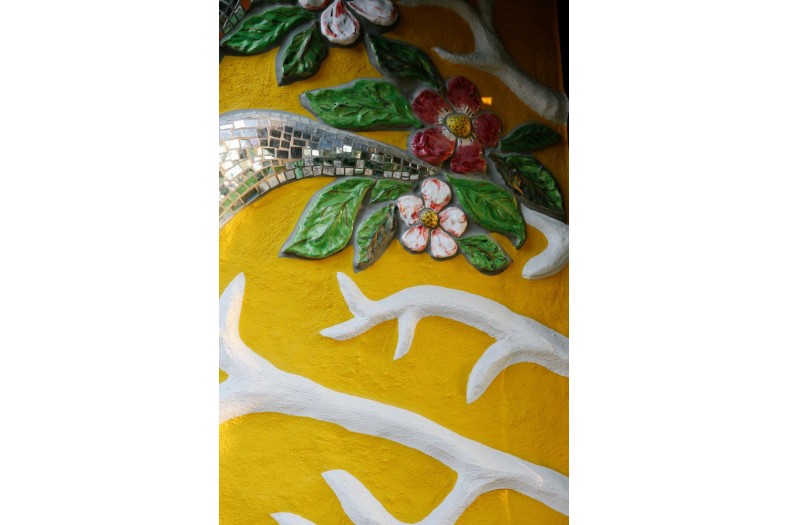
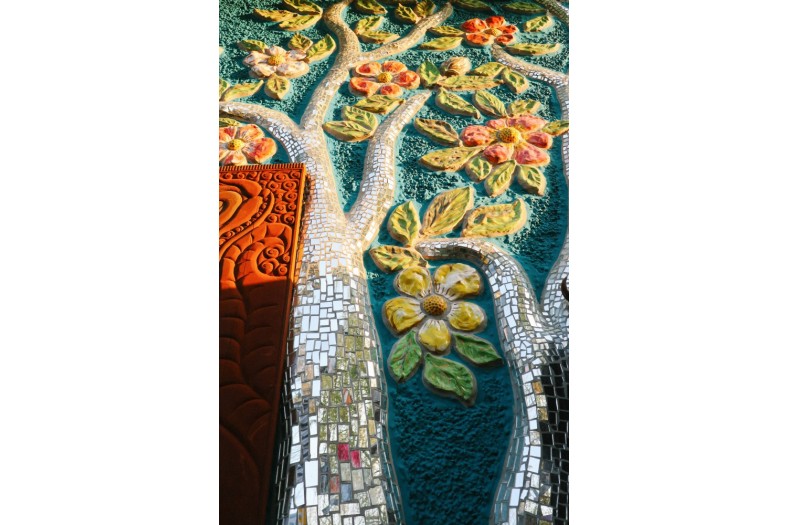
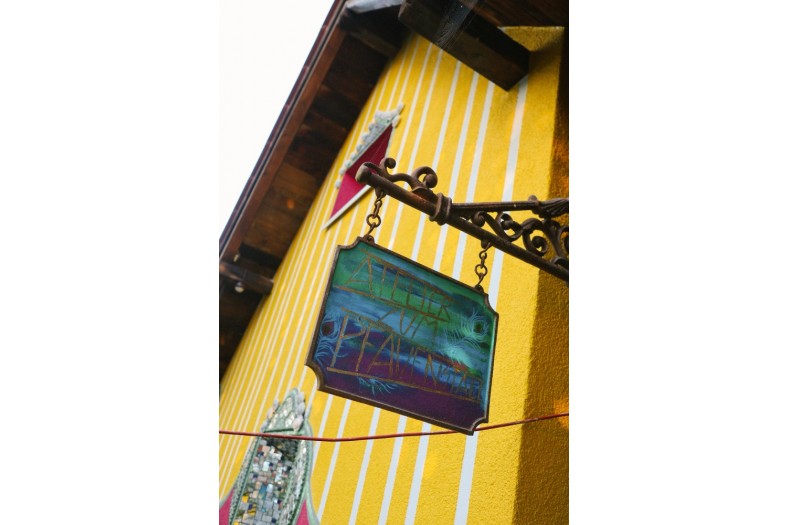
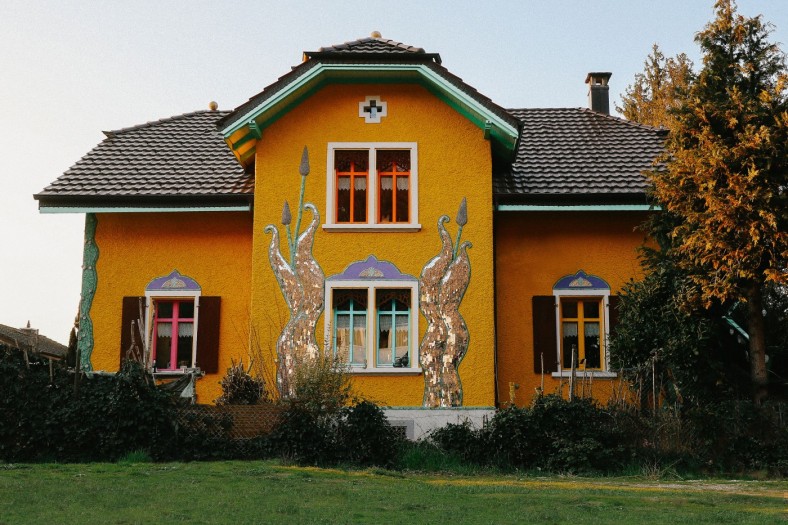
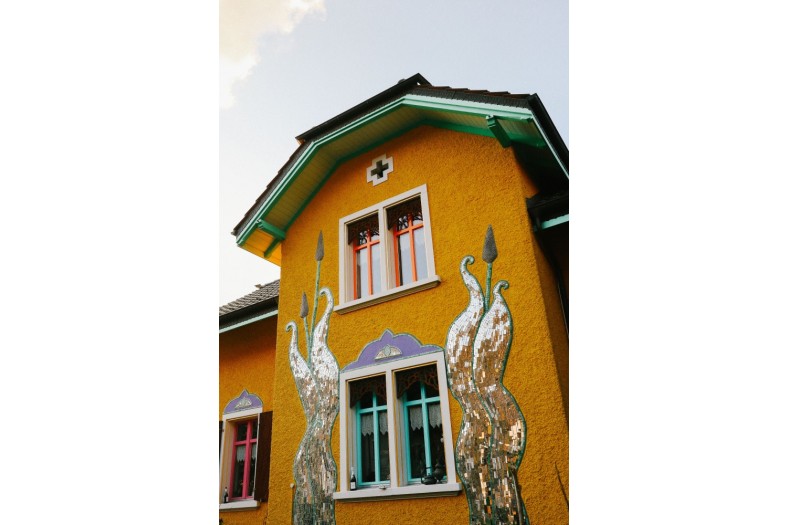

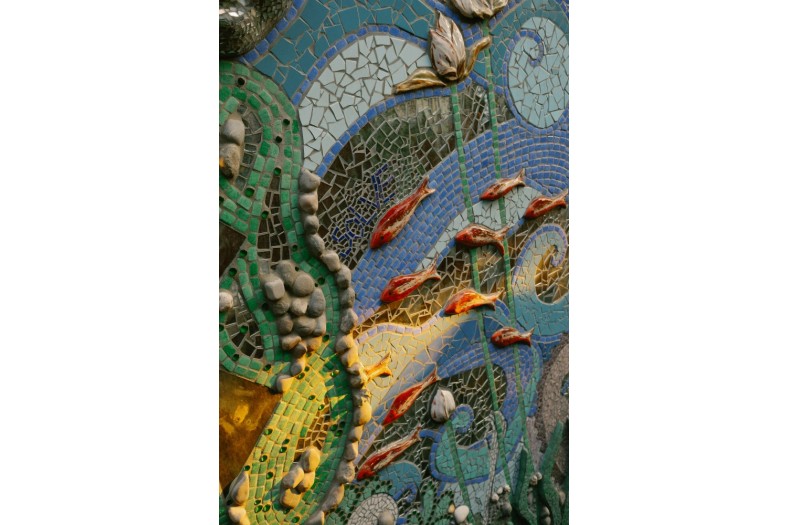
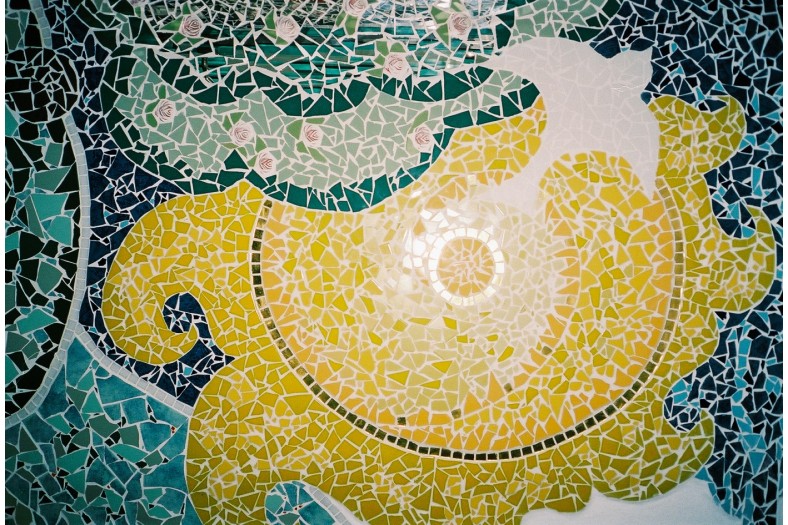
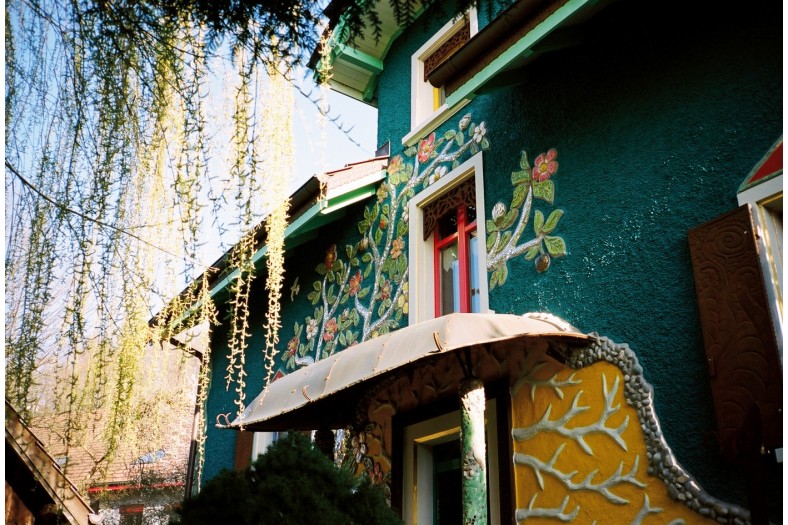
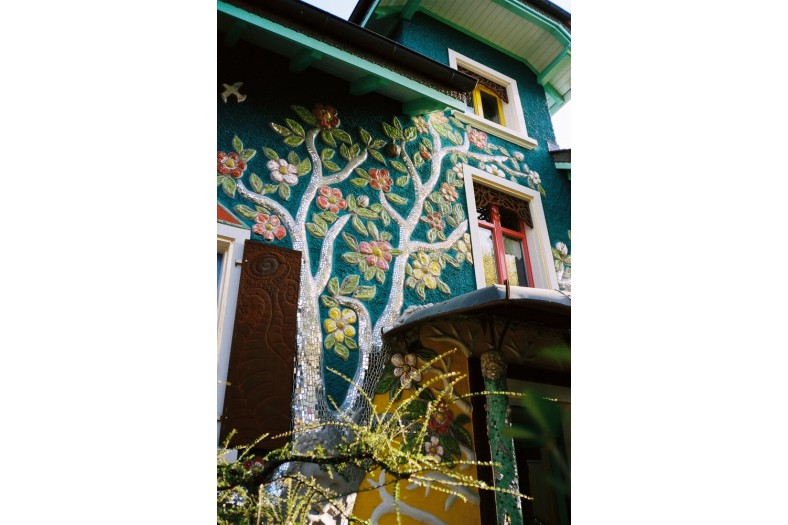
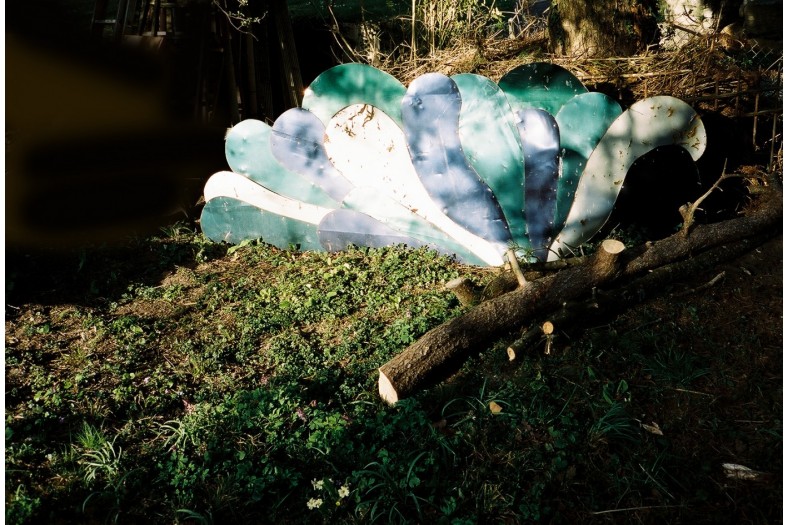
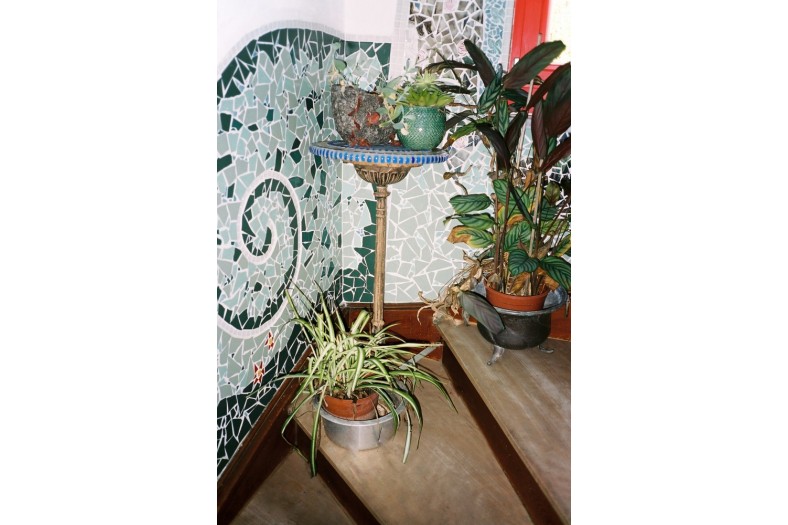
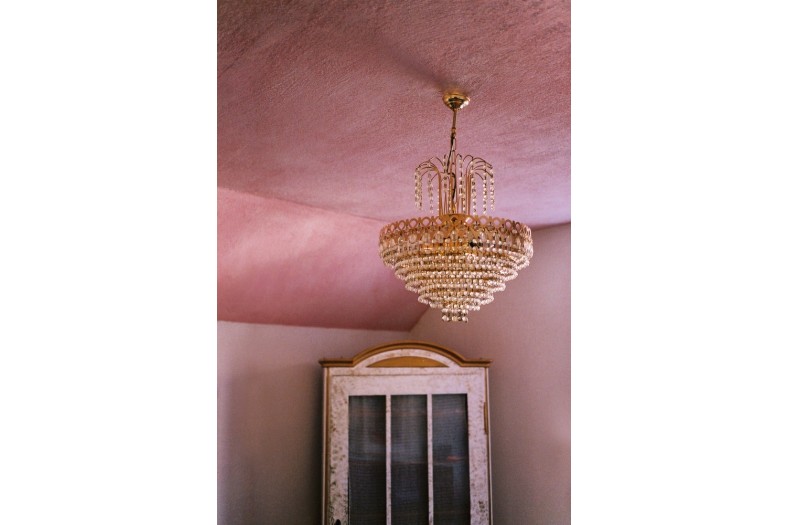
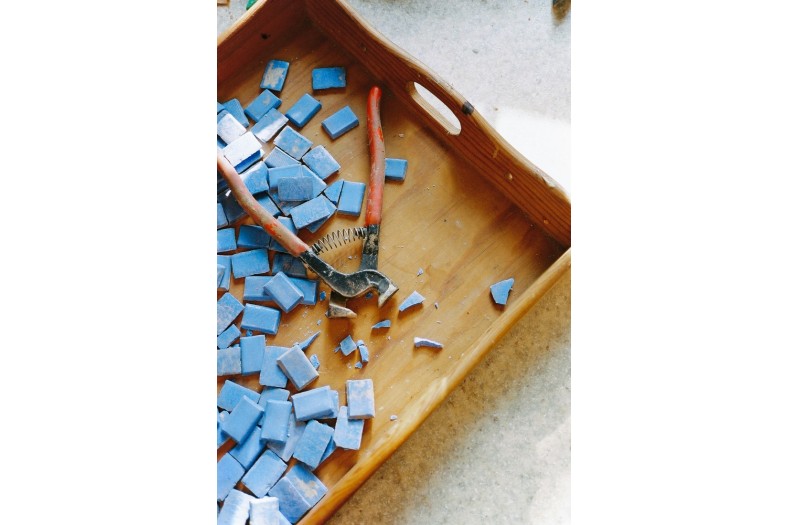
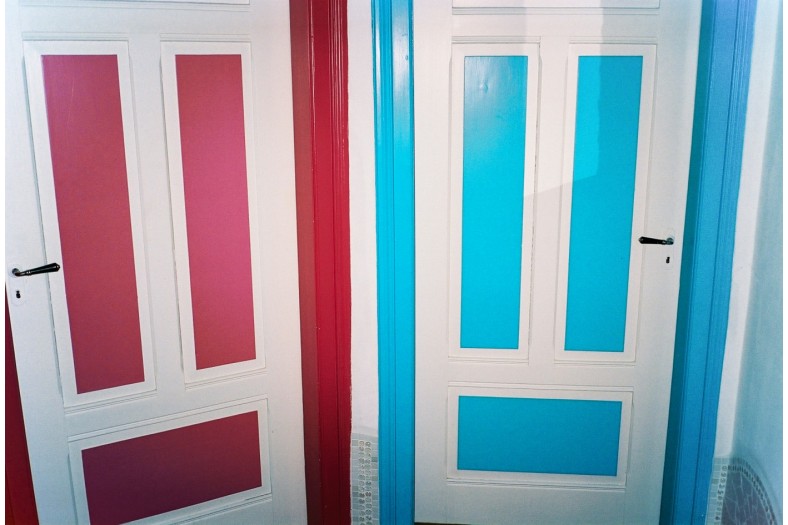
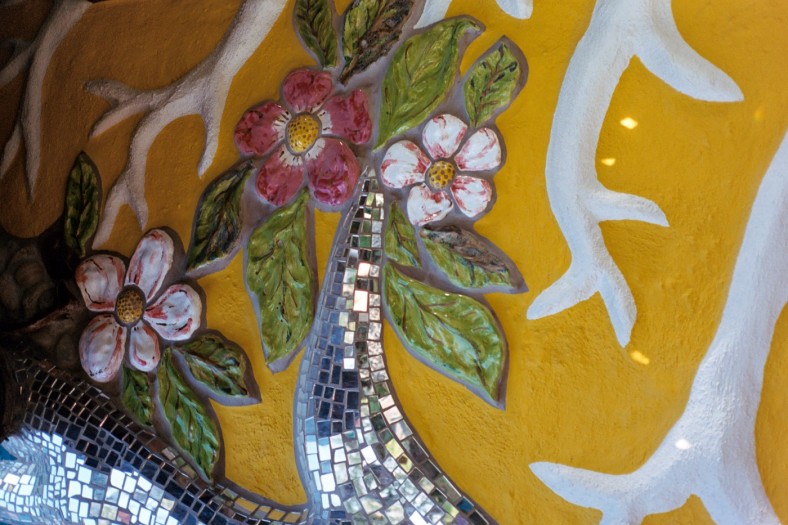
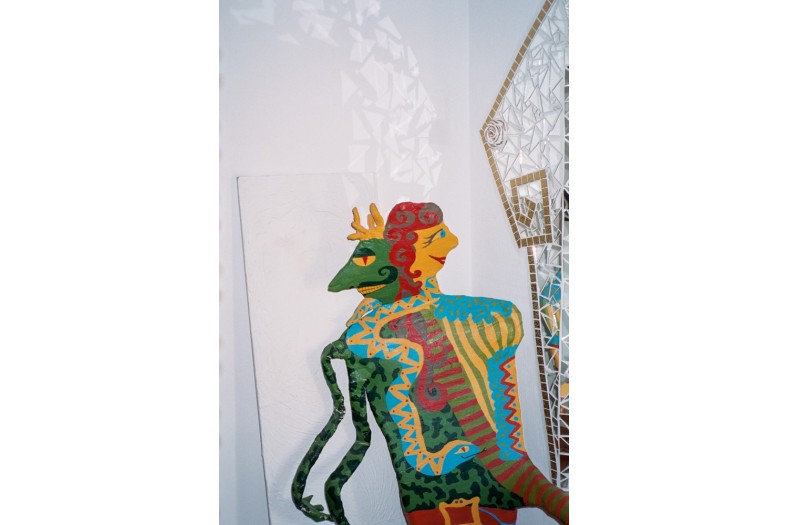
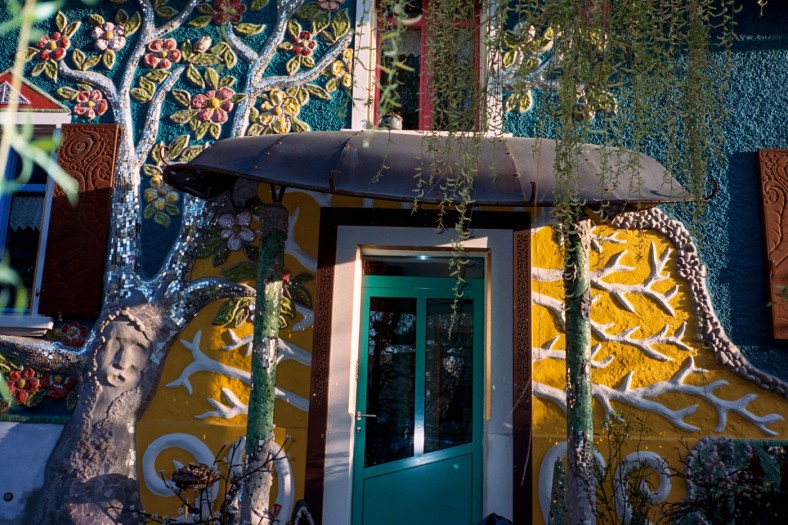
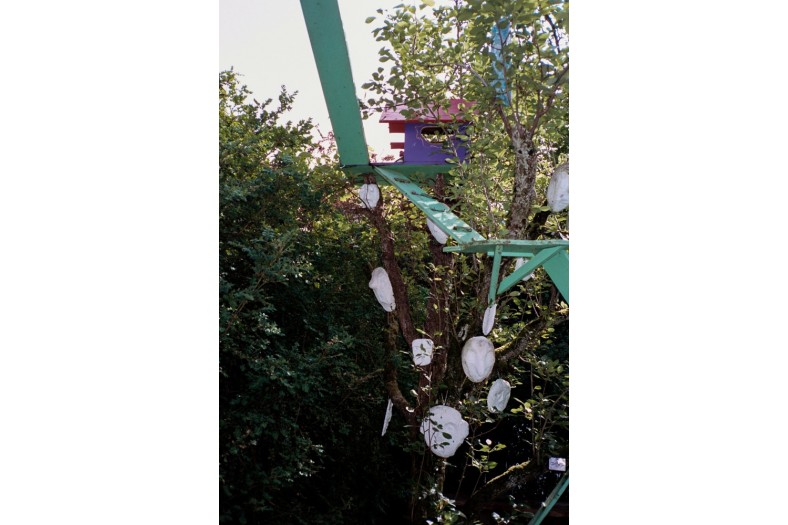
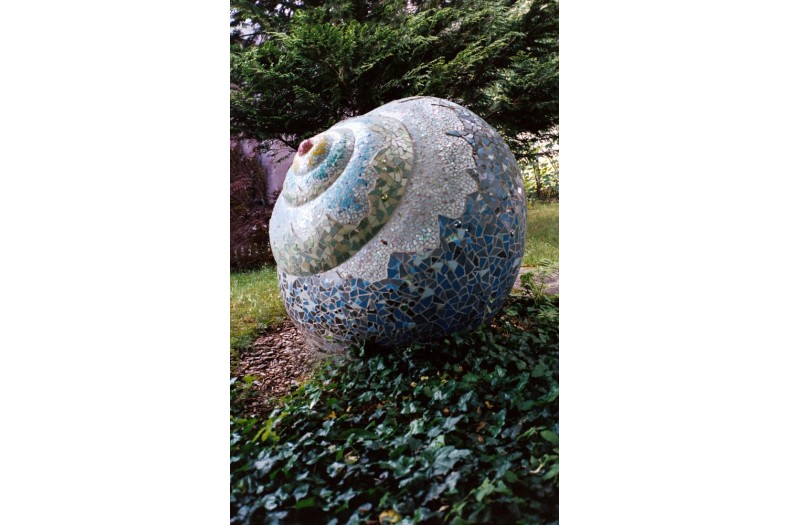
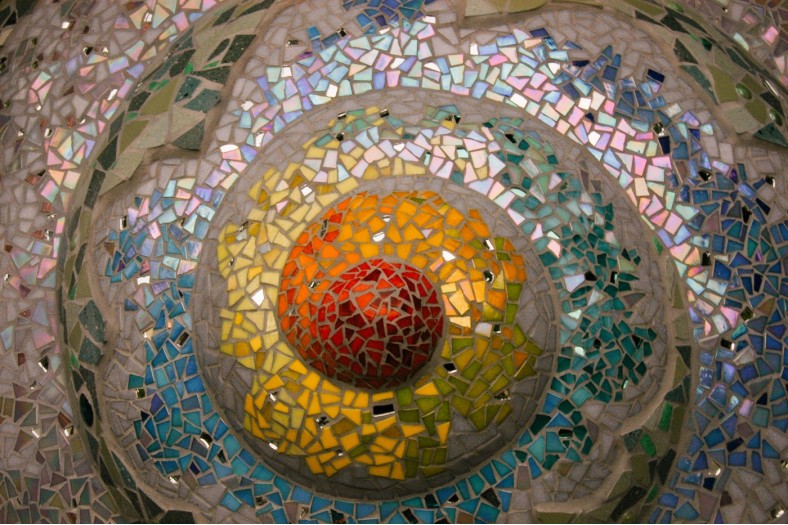
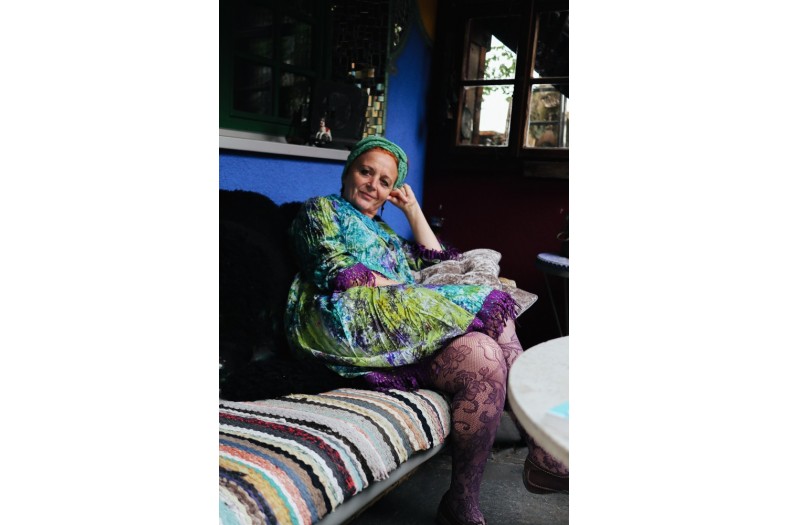
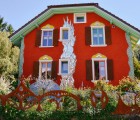
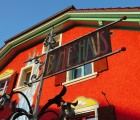
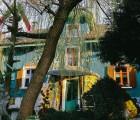
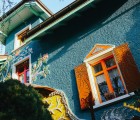
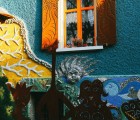
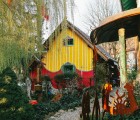
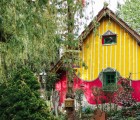
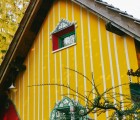

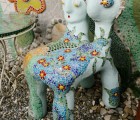
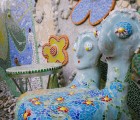
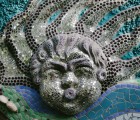
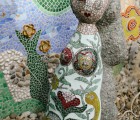

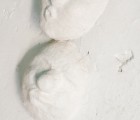
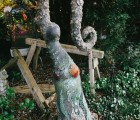
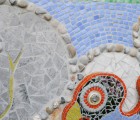
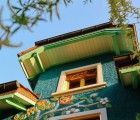
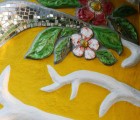
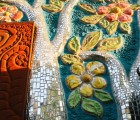
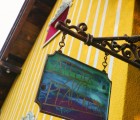
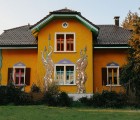

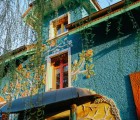
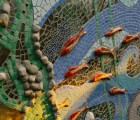
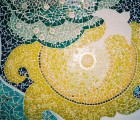
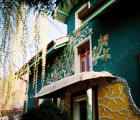
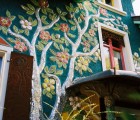
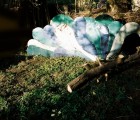
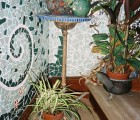

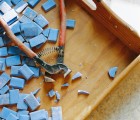
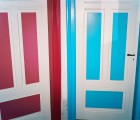
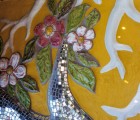
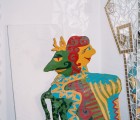
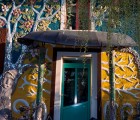
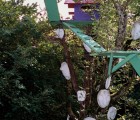
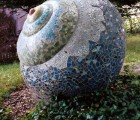
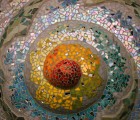
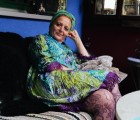
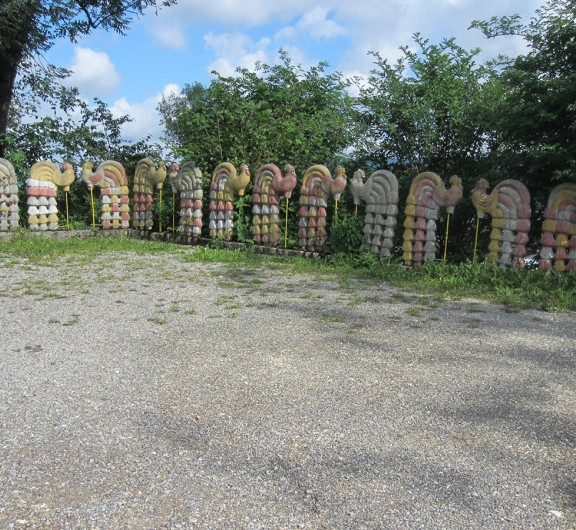
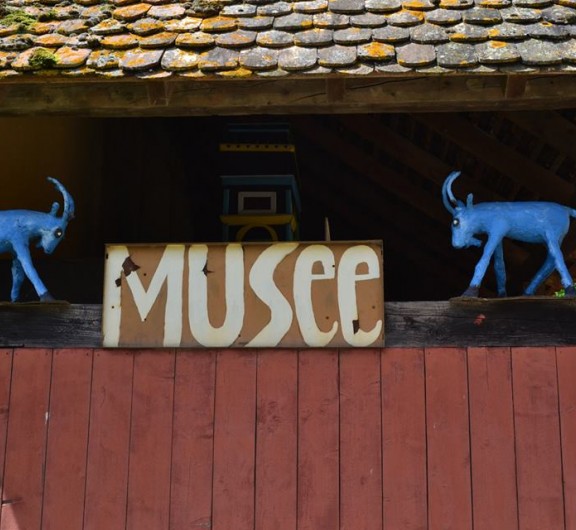
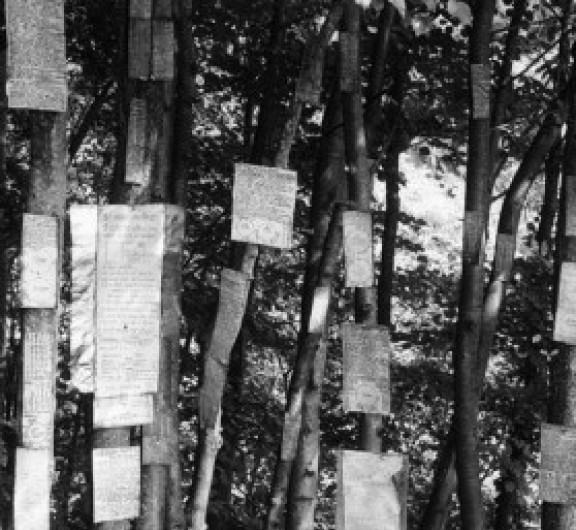
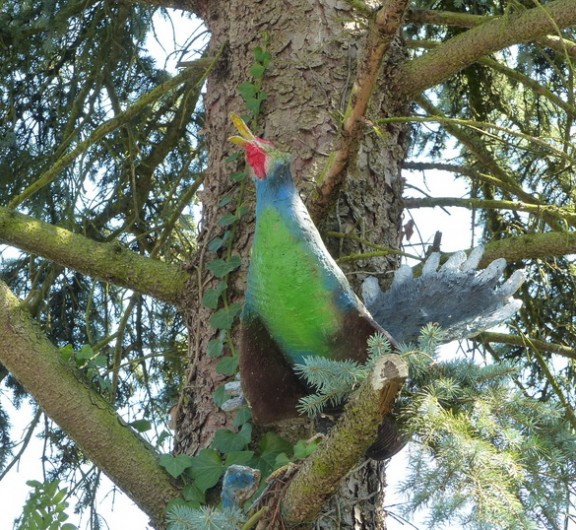

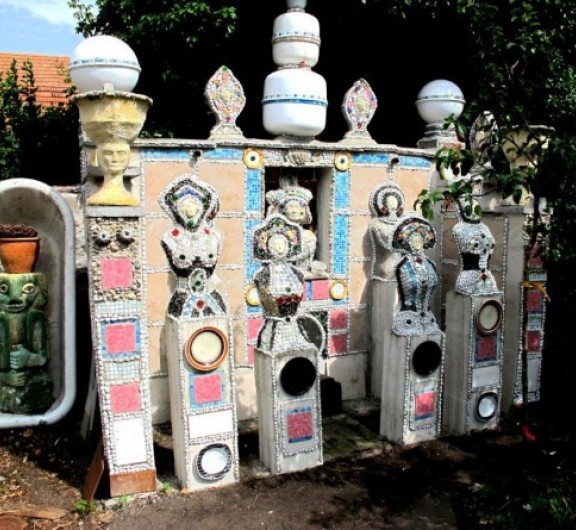

Post your comment
Comments
No one has commented on this page yet.